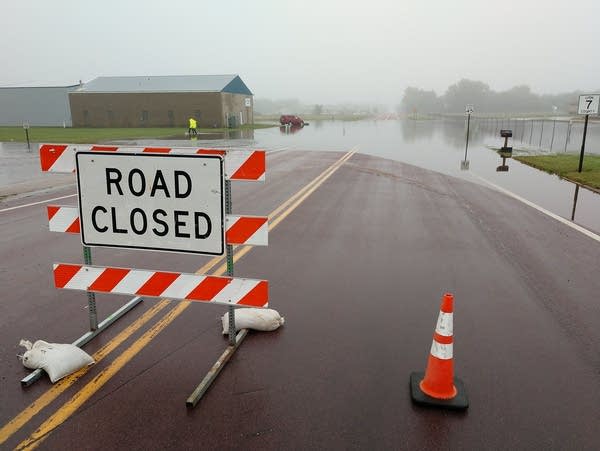Adding climate impacts to Minnesota's environmental review may be delayed

County Highway 7 on the west side of Marshall, Minn., was closed by flooding in September 2019.
Photo courtesy city of Marshall 2019
Go Deeper.
Create an account or log in to save stories.
Like this?
Thanks for liking this story! We have added it to a list of your favorite stories.


